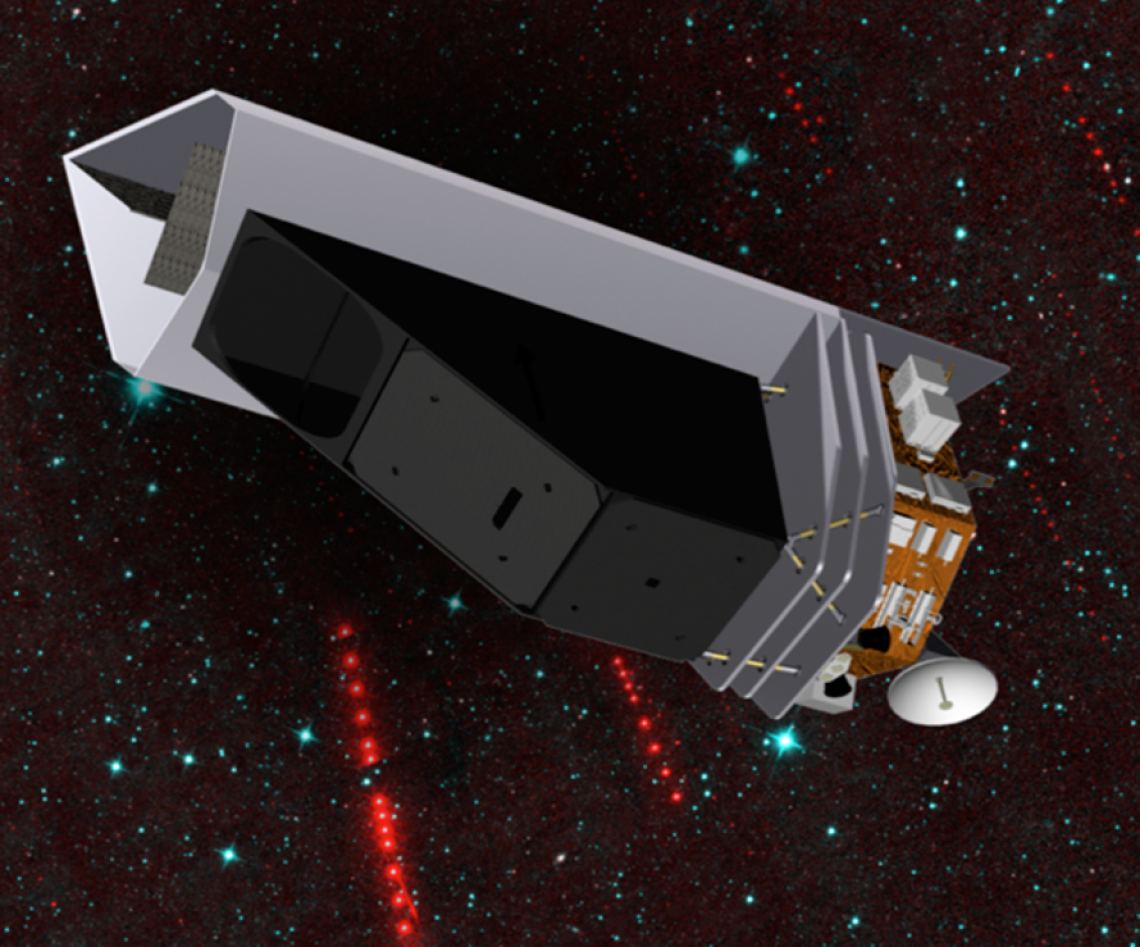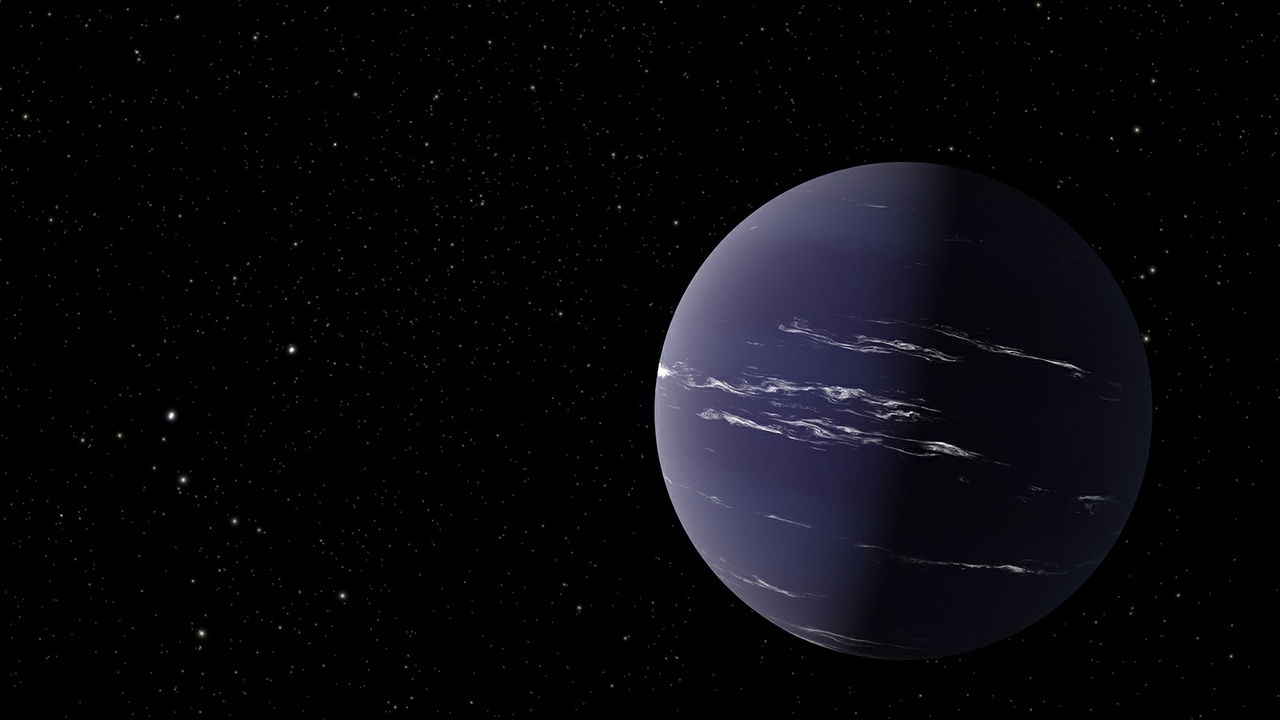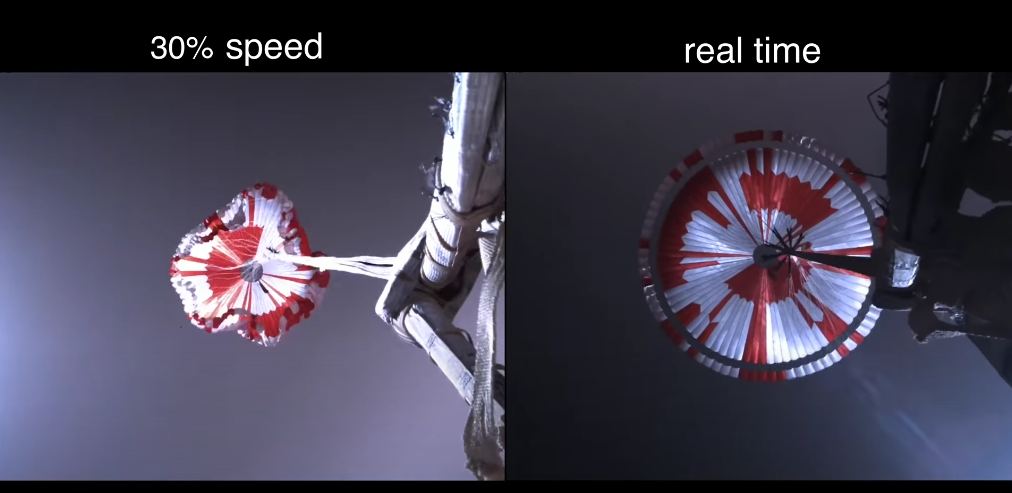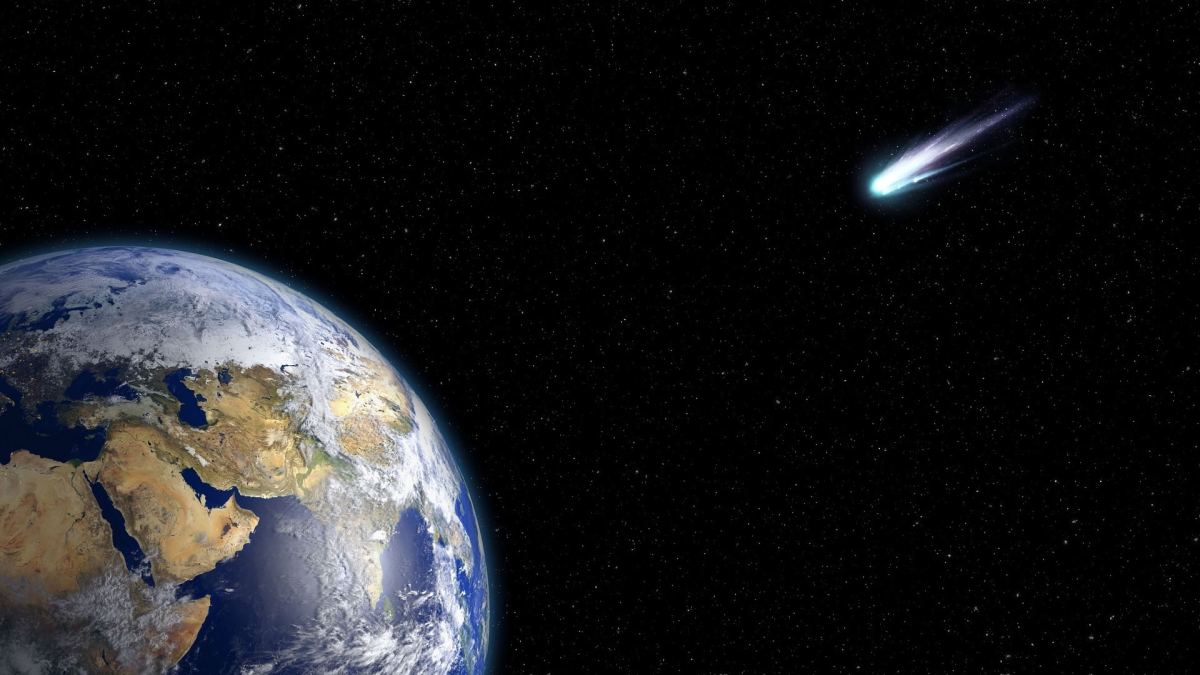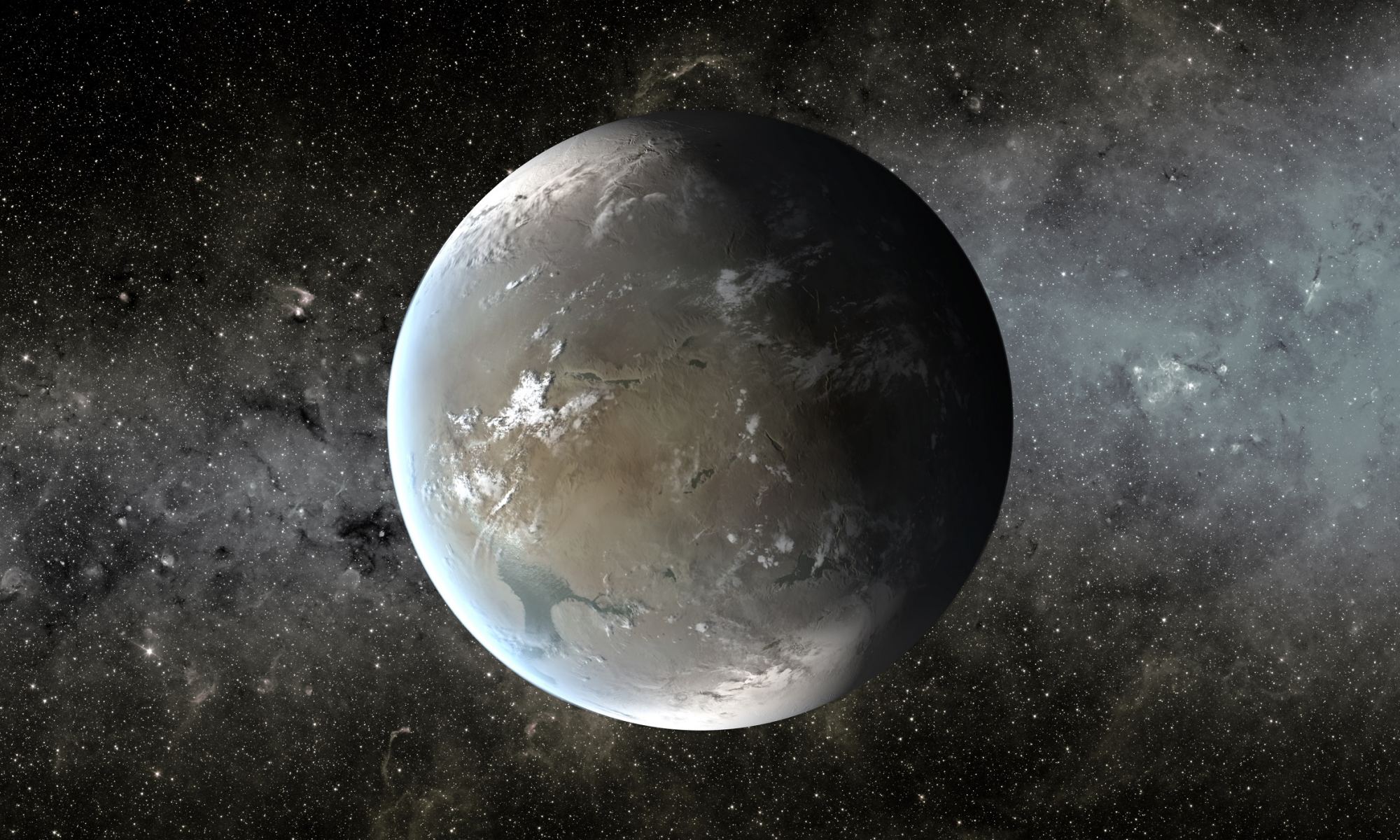We’ve known for a while about the large-scale structure of the Universe. Galaxies reside in filaments hundreds of millions of light-years long, on a backbone of dark matter. And, where those filaments meet, there are galaxy clusters. Between them are massive voids, where galaxies are sparse. Now a team of astronomers in Germany and their colleagues in China and Estonia have made an intriguing discovery.
These massive filaments are rotating, and this kind of rotation on such a massive scale has never been seen before.
Continue reading “The Largest Rotating Objects in the Universe: Galactic Filaments Hundreds of Millions of Light-Years Long”

